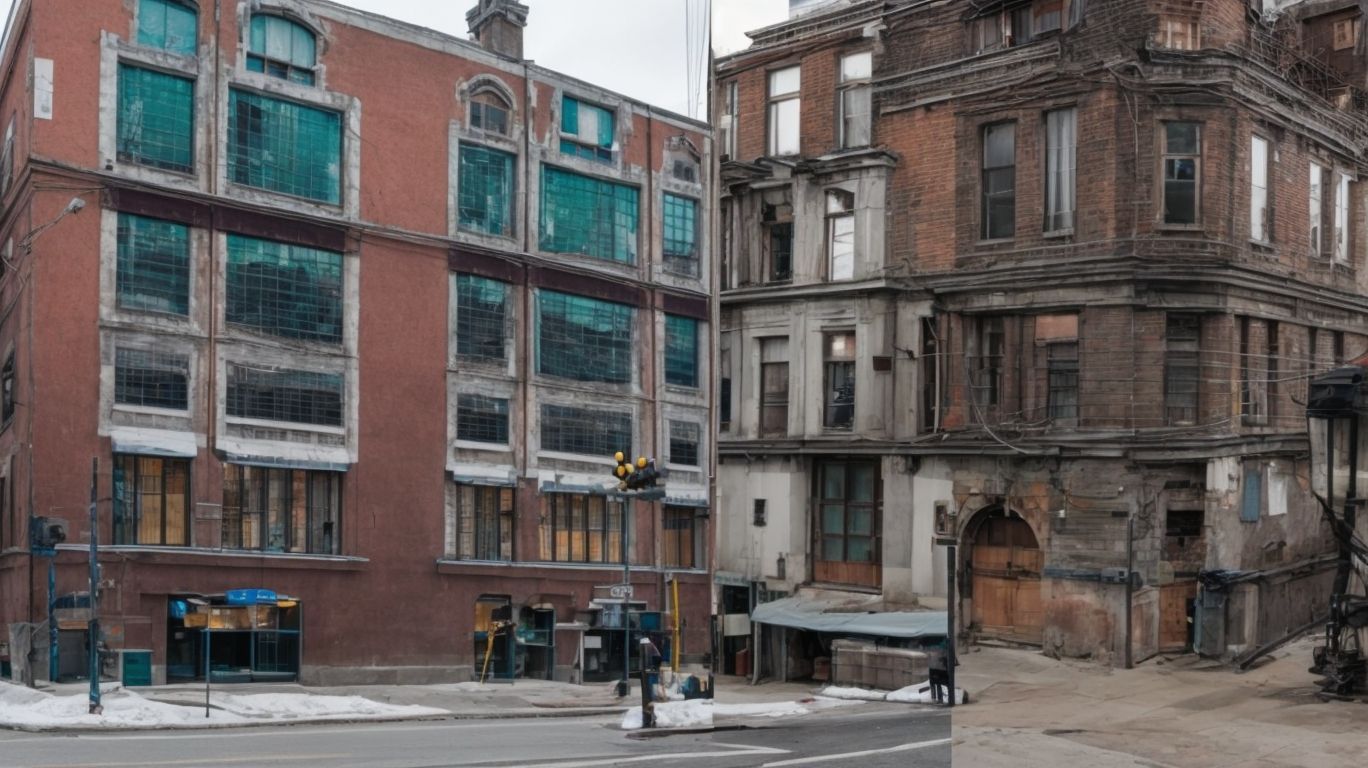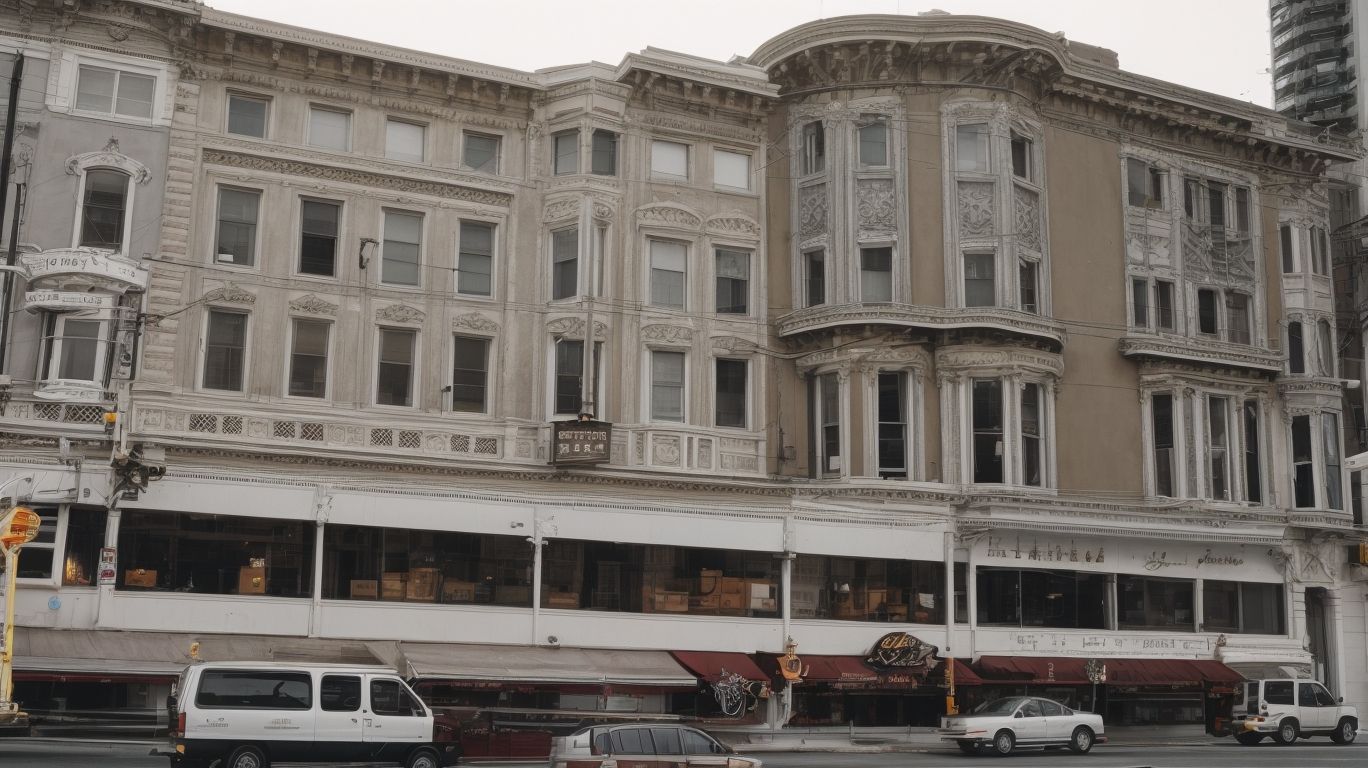
Calculating the ROI of Soft-Story Retrofit Services
Soft-story buildings are vulnerable to collapse during earthquakes due to their weaker ground floors, posing a significant risk to occupants and property. In this article, we will explore the importance of soft-story retrofitting, the risks of not retrofitting, and how the return on investment (ROI) of such services is calculated.
We will also discuss the potential long-term cost savings, the benefits of retrofitting, the steps involved, and how property owners can obtain financing for this essential structural upgrade. If you own or manage a soft-story building, this information is crucial for protecting your investment and ensuring the safety of occupants.
What Is Soft-Story Retrofitting?
Soft-story retrofitting involves the structural strengthening and modification of buildings to enhance their resilience against seismic hazards, ensuring compliance with building codes and regulations.
This process focuses on addressing the vulnerability of open parking or commercial spaces on lower floors, commonly found in older buildings.
By implementing innovative engineering solutions, such as adding shear walls, braces, or reinforcement beams, the building’s ability to withstand lateral forces from earthquakes is significantly improved.
It’s essential for property owners to understand the importance of complying with building codes and regulations to ensure the safety of occupants and mitigate potential structural damage in the event of seismic activity.
Why Is Soft-Story Retrofitting Important?
Soft-story retrofitting holds significant importance due to its ability to mitigate seismic risks, address retrofit requirements, and enhance building resilience, safeguarding occupants and property against potential structural damage.
What Are the Risks of Not Retrofitting?
Retrofitting soft-story buildings is crucial for reducing the risks of structural vulnerability and potential damage during earthquakes. These buildings, which have open first floors like parking spaces or retail spaces, are particularly susceptible to collapse.
Neglecting retrofitting measures leaves these buildings exposed to heightened seismic hazards, compromising the safety of occupants and assets. This can result in significant destruction, financial losses, and even loss of life. It is imperative to address these vulnerabilities and ensure the safety and resilience of the built environment.
How Is the ROI of Soft-Story Retrofitting Calculated?
The calculation of the return on investment (ROI) for soft-story retrofitting involves a comprehensive financial evaluation that considers the costs, benefits, and potential long-term savings resulting from the structural improvements and seismic resilience measures implemented.
What Are the Factors Considered in Calculating ROI?
Various factors contribute to the calculation of ROI for soft-story retrofitting, including the initial investment, projected savings, long-term benefits, and the impact on property value and resilience.
These elements play a crucial role in determining the overall profitability of retrofitting projects. The initial investment covers the cost of engineering, construction, and any necessary permits, whereas projected savings reflect the reduction in potential repair expenses following a seismic event. The long-term benefits encompass the prolonged structural integrity and increased safety, while enhancing the property’s value and resilience against natural disasters. Considering these aspects collectively allows property owners to make informed decisions regarding soft-story retrofitting investments.
What Are the Costs Involved in Soft-Story Retrofitting?
The costs associated with soft-story retrofitting encompass expenses related to engineering services, construction, permitting, and material, as well as the overall investment in structural upgrades and seismic resilience measures.
Engineering services typically constitute a significant portion of the soft-story retrofitting expenses. This involves the assessment and design of structural modifications to enhance building stability.
Construction costs encompass labor, equipment, and the implementation of retrofitting measures. Permitting expenses cover the regulatory approvals required for structural modifications. Material costs include the procurement of steel, concrete, and other necessary components for the retrofitting process. Soft-story retrofitting represents a substantial investment in ensuring the structural integrity and seismic resilience of buildings.
How Is the Increase in Property Value Factored into ROI?
The increase in property value resulting from soft-story retrofitting is a crucial factor in calculating the ROI. This reflects the economic benefits and returns associated with the investment in structural improvements and seismic resilience measures.
Investors can gain a more comprehensive understanding of the long-term financial impact of soft-story retrofitting by factoring in the boosted property value. This increase in value not only enhances market appeal, but also demonstrates a commitment to safety and sustainability, aligning with the growing awareness of disaster preparedness.
The rise in property value also contributes significantly to the overall assessment of ROI, enabling stakeholders to make informed decisions regarding the cost-effectiveness of retrofitting interventions.
What Are the Benefits of Soft-Story Retrofitting?
The benefits of soft-story retrofitting extend to enhanced safety, risk mitigation, and the improvement of building resilience, offering property owners and occupants a secure and stable environment amidst seismic risks.
How Can Soft-Story Retrofitting Save Money in the Long Run?
Soft-story retrofitting contributes to long-term savings by reducing insurance premiums, minimizing repair and maintenance costs, and offering structural improvements that lead to economic benefits and reduced financial risks for building owners.
What Are the Potential Costs of Not Retrofitting?
Not implementing soft-story retrofitting measures can lead to potential costs associated with structural damage, increased insurance premiums, and the financial burden of post-seismic repairs and restoration.
Owners of buildings without soft-story retrofitting may face substantial expenses related to the structural integrity of their properties. The absence of necessary reinforcements puts these structures at higher risk of collapse or severe damage during earthquakes.
Insurance companies often impose significant premium hikes for buildings that lack proper seismic retrofitting, which can place a significant strain on the financial resources of property owners. The aftermath of seismic events may bring about considerable expenses for repairing and restoring buildings that were not retrofitted, further highlighting the importance of taking proactive measures to mitigate potential costs.
How Can Soft-Story Retrofitting Reduce Insurance Premiums?
Soft-story retrofitting contributes to a reduction in insurance premiums by enhancing the building’s resilience and minimizing the risks associated with potential seismic damage, thereby resulting in cost savings for building owners.
This reduction in insurance premiums is a result of the structural improvements made during the retrofitting process, which mitigate the potential for significant damage during an earthquake. These resilience enhancements, such as strengthening the building’s foundation and reinforcing its structural components, lower the risk of collapse or extensive damage.
As a result, insurance companies view retrofitted buildings as being less susceptible to costly repairs, leading to reduced insurance premiums for building owners. These cost savings can be significant over the long term, making soft-story retrofitting an attractive investment for building owners.
What Are the Potential Savings on Repair and Maintenance Costs?
Soft-story retrofitting offers potential savings on repair and maintenance costs by proactively addressing structural vulnerabilities and minimizing the need for extensive post-seismic repairs, thus reducing the financial burden on building owners.
Soft-story building retrofitting enables property owners to avoid significant expenses resulting from structural damage caused by seismic events. These events can be devastating to the overall integrity of the building.
By retrofitting, owners can mitigate the risks associated with potential structural failure, safeguarding their investment and minimizing long-term repair and maintenance costs. This proactive approach not only enhances the safety of occupants but also contributes to substantial financial savings in the long run.
What Are the Steps Involved in Soft-Story Retrofitting?
The steps involved in soft-story retrofitting encompass a comprehensive process that includes structural assessment, engineering solutions, permitting, construction, and project management to ensure the successful implementation of seismic resilience measures.
How Can Property Owners Obtain Financing for Soft-Story Retrofitting?
Property owners can explore various financing options for soft-story retrofitting, such as funding, tax incentives, and retrofit financing programs, ensuring access to the necessary resources for implementing seismic resilience measures.




No Comments